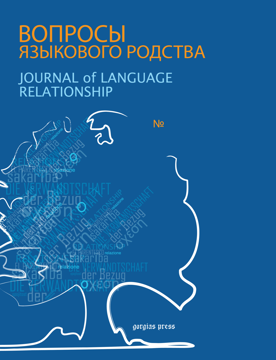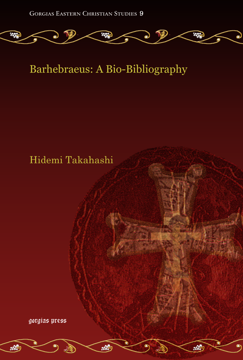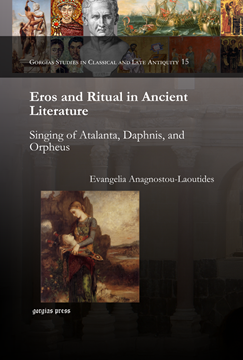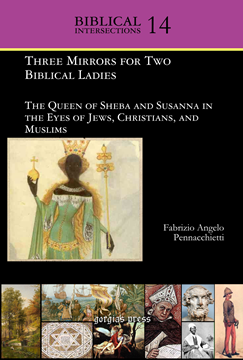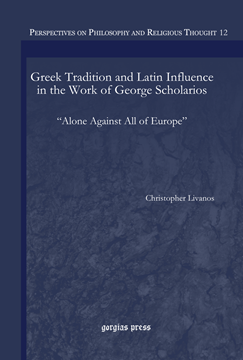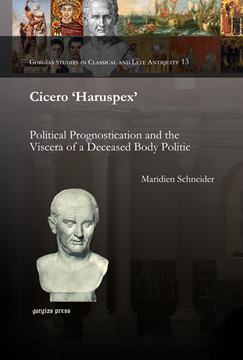Journal of Language Relationship 10
Volume 10
Series: Journal of Language Relationship 10
ISBN: 978-1-4632-0233-0
The Journal of Language Relationship is an international periodical publication devoted to the issues of comparative linguistics and the history of the human language. The Journal contains articles written in English and Russian, as well as scientific reviews, discussions and reports from international linguistic conferences and seminars.
$77.00 (USD) $46.20 (USD)
Barhebraeus
A Bio-Bibliography
Series: Gorgias Eastern Christian Studies 9
ISBN: 978-1-59333-148-1
An extensive account of the life and works of Barhebraeus based on the latest research. It includes an appendix containing a comprehensive list of bibliographical references and manuscripts relating to Barhebraeus.
$231.00 (USD) $138.60 (USD)
Eros and Ritual in Ancient Literature
Singing of Atalanta, Daphnis, and Orpheus
ISBN: 978-1-931956-72-7
This book examines popular erotic myths with regard to their origins and literary treatment throughout antiquity. The relation of ritual to certain mythic patterns that reflect initiation rites is also considered. These myths reinforce the association between cult and mythology in literature. Initiation patterns were employed as literary metaphors for falling in love or even for holding a philosophical argument on human progress. The myths are chosen in order to form a narrative sequence, but also as an example of how mythic patterns can be variously manipulated in literature.
$233.00 (USD) $139.80 (USD)
Three Mirrors for Two Biblical Ladies
The Queen of Sheba and Susanna in the Eyes of Jews, Christians, and Muslims
Series: Biblical Intersections 14
ISBN: 978-1-59333-363-8
The biblical episode relating the encounter of the Queen of Sheba with Solomon and the apocryphal tale of Susanna, a Jewish woman slanderously accused of adultery by two judges and saved by Daniel, have become part of the collective imagination in West and East. These two Old Testament women have been adapted in art throughout time and space to meet the changing cultural horizons of the community. Like mirrors, various periods and modes of late-Ancient and medieval Judaism, Christianity and Islam have each, in their own way, reflected the characteristics of the great Queen and the chaste Susanna.
$121.00 (USD) $72.60 (USD)
Greek Tradition and Latin Influence in the Work of George Scholarios
“Alone Against All of Europe”
ISBN: 978-1-59333-344-7
This title is a study of the work and career of theologian and diplomat George Scholarios who became the first Ecumenical Patriarch of the Orthodox Church during the period of Ottoman Rule. Scholarios advocated the union of the Greek and Latin Churches, but he later became the leader of the anti-Unionist faction in the final years of the Byzantine Empire. Scholarios played an important role in East-West dialogues, including the Council of Ferrara-Florence in 1438-39. This book provides a fresh look at some of the cultural misunderstandings that took place at the Council and related dialogues.
$124.00 (USD) $74.40 (USD)
Cicero 'Haruspex'
Political Prognostication and the Viscera of a Deceased Body Politic
ISBN: 978-1-59333-094-1
This monograph explores Marcus Tullius Cicero's awareness and interpretation of contemporary political events as reflected in his private correspondence during the last years of both the Roman republic and his own life. Cicero's correspondence gives a detailed view of current political events in Rome and constitutes, together with Caesar's writings, our major contemporary evidence for the circumstances of the civil war of 49 BC. The theoretical input of Cicero's predecessors, their perceptions of constitutional development (in particular of Roman politics) as well as Cicero's perception of their political theories are scrutinized to determine the extent of Cicero's awareness of a larger pattern of political events.
$149.00 (USD) $89.40 (USD)
